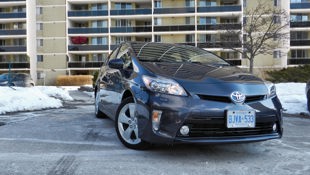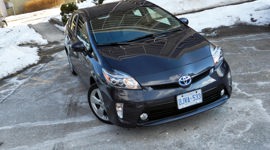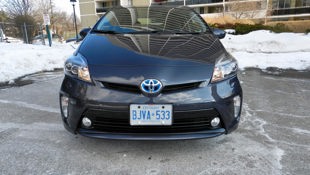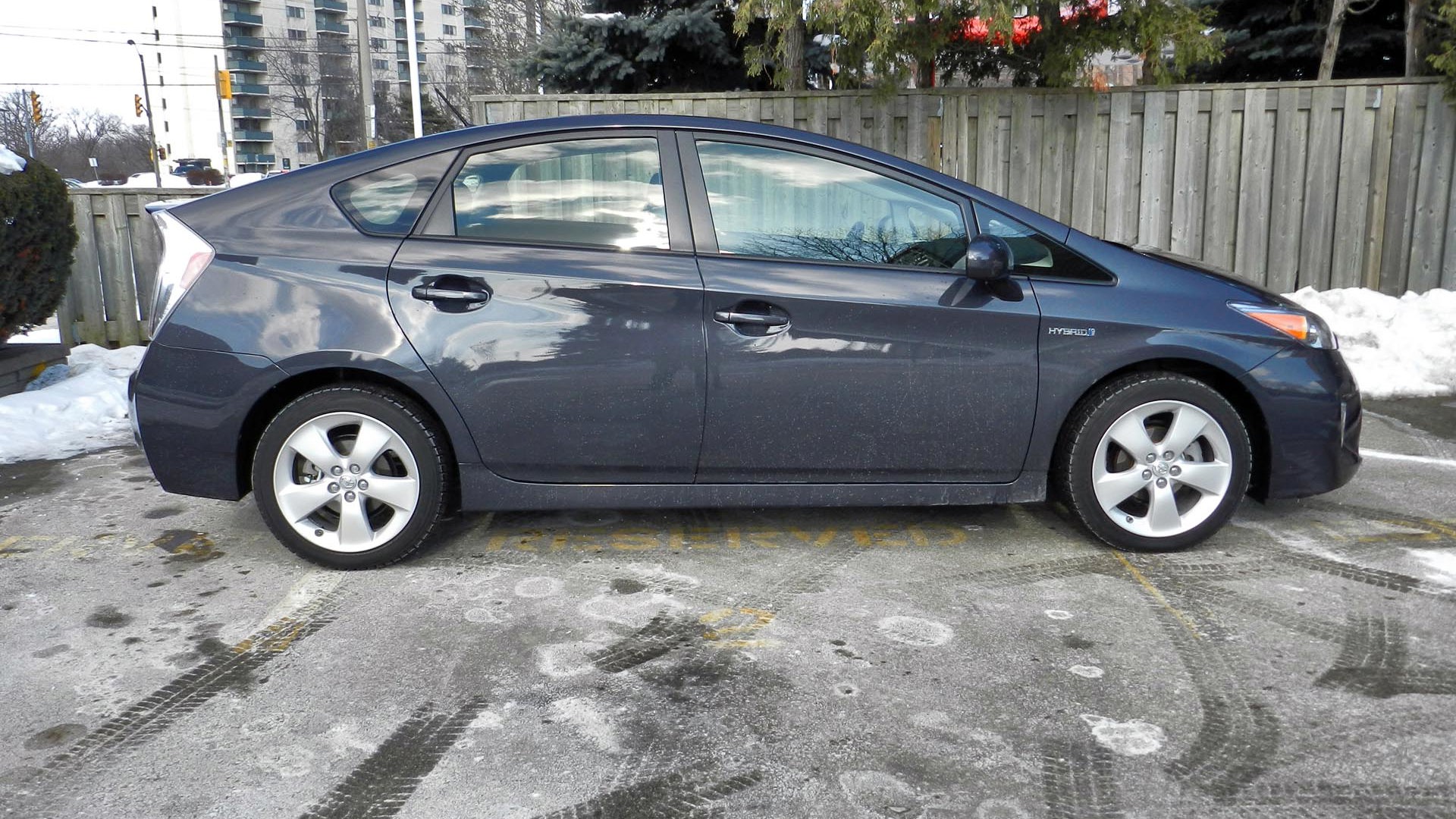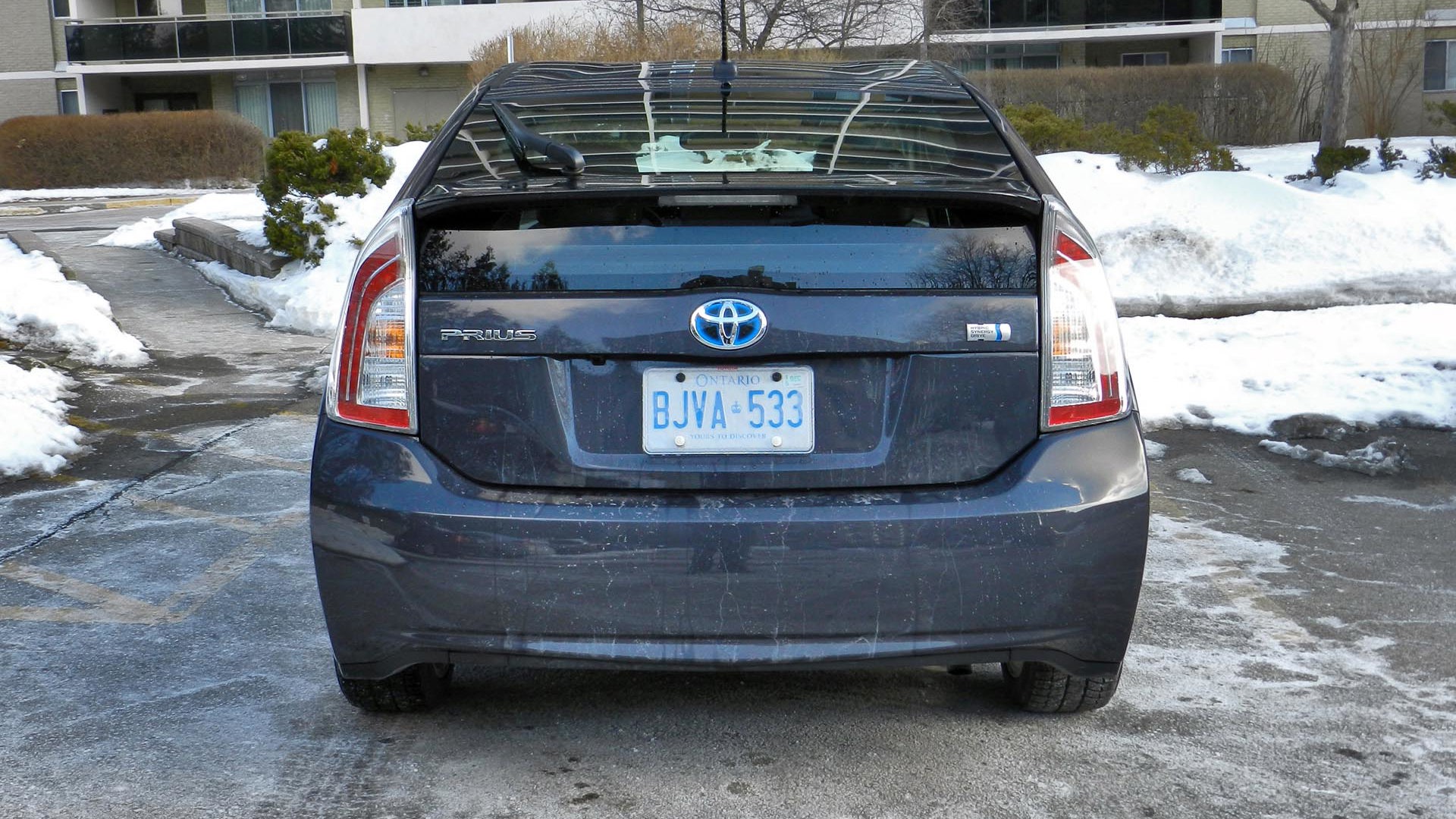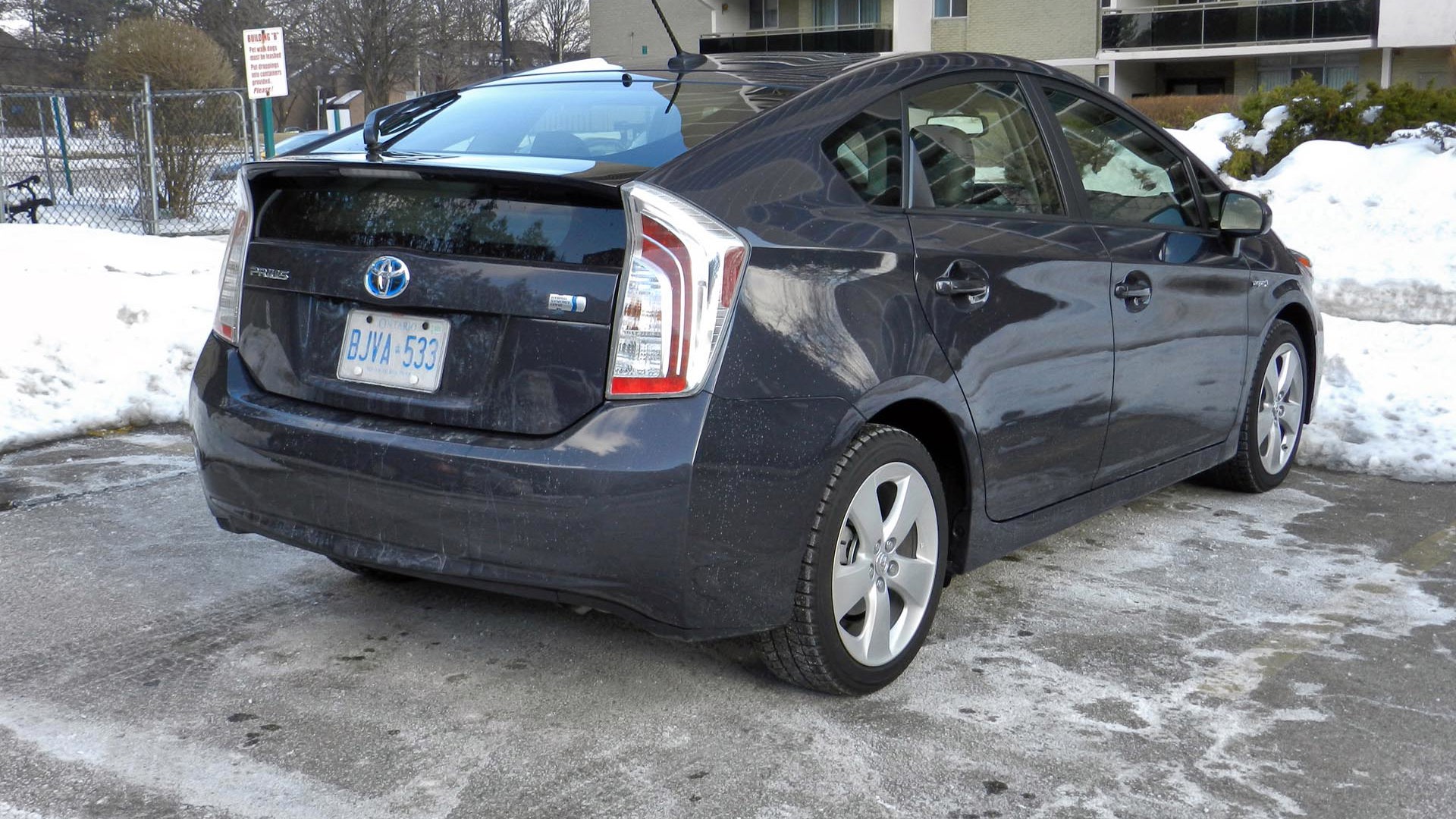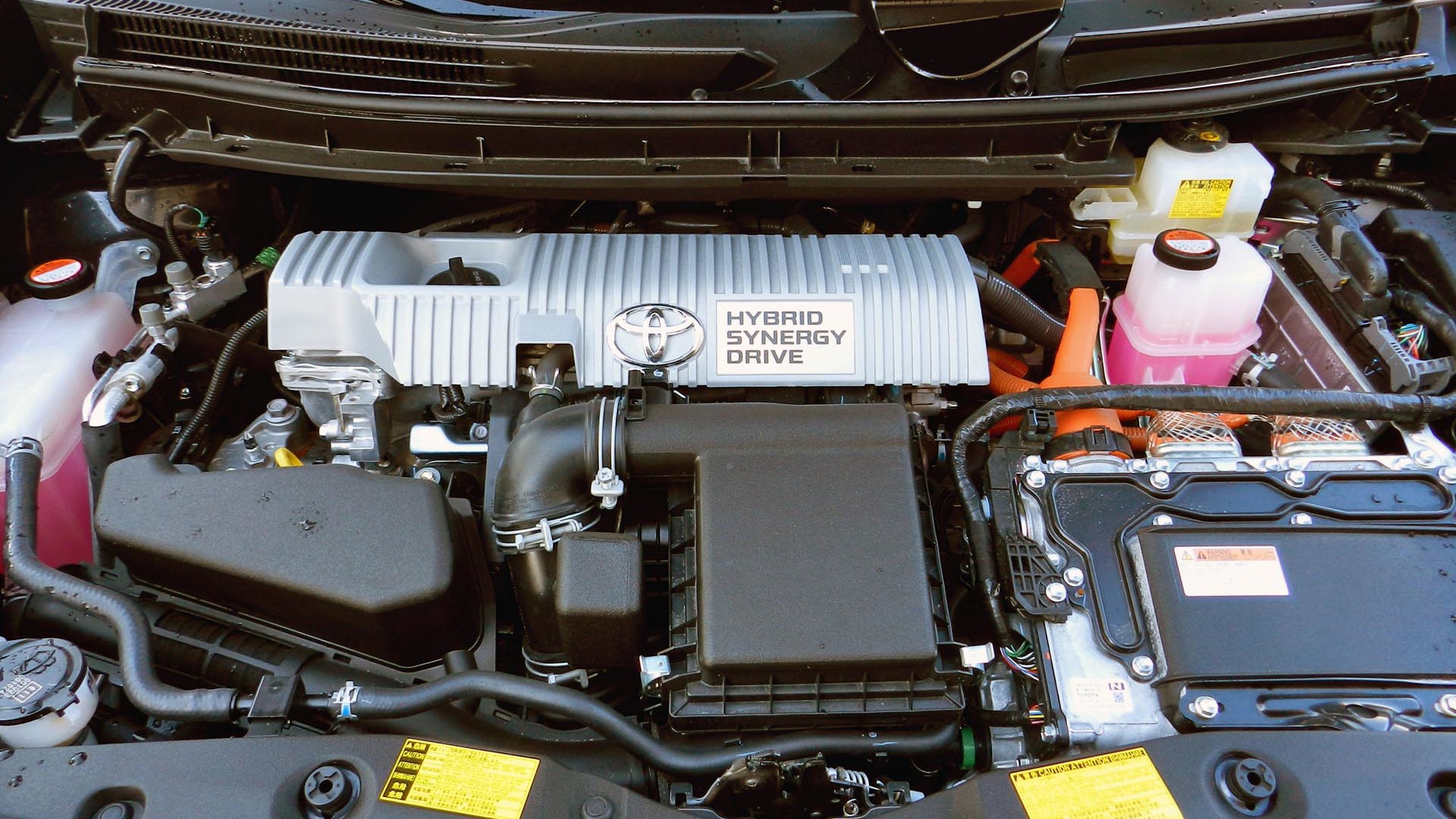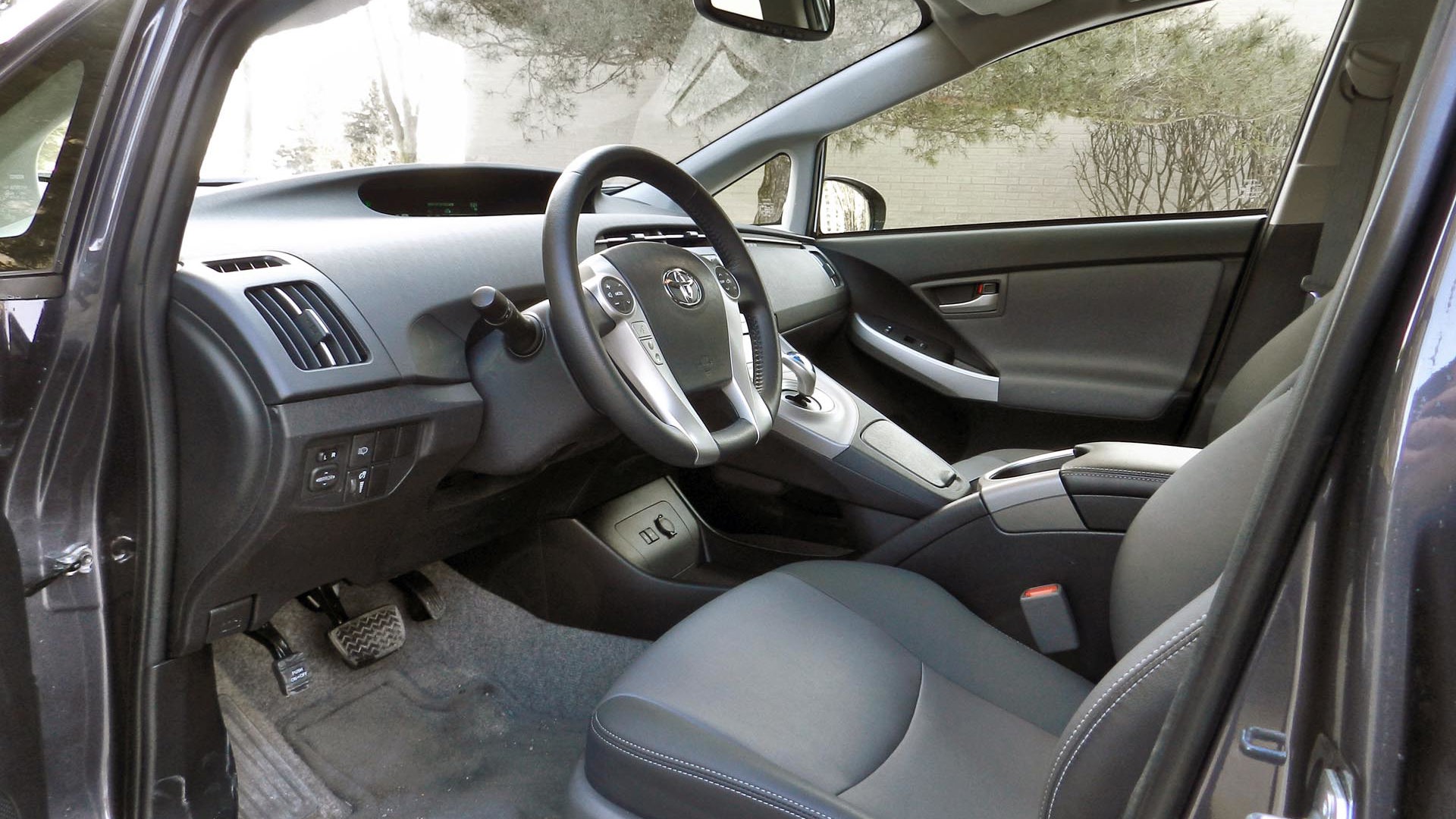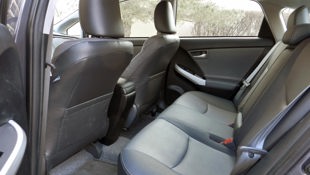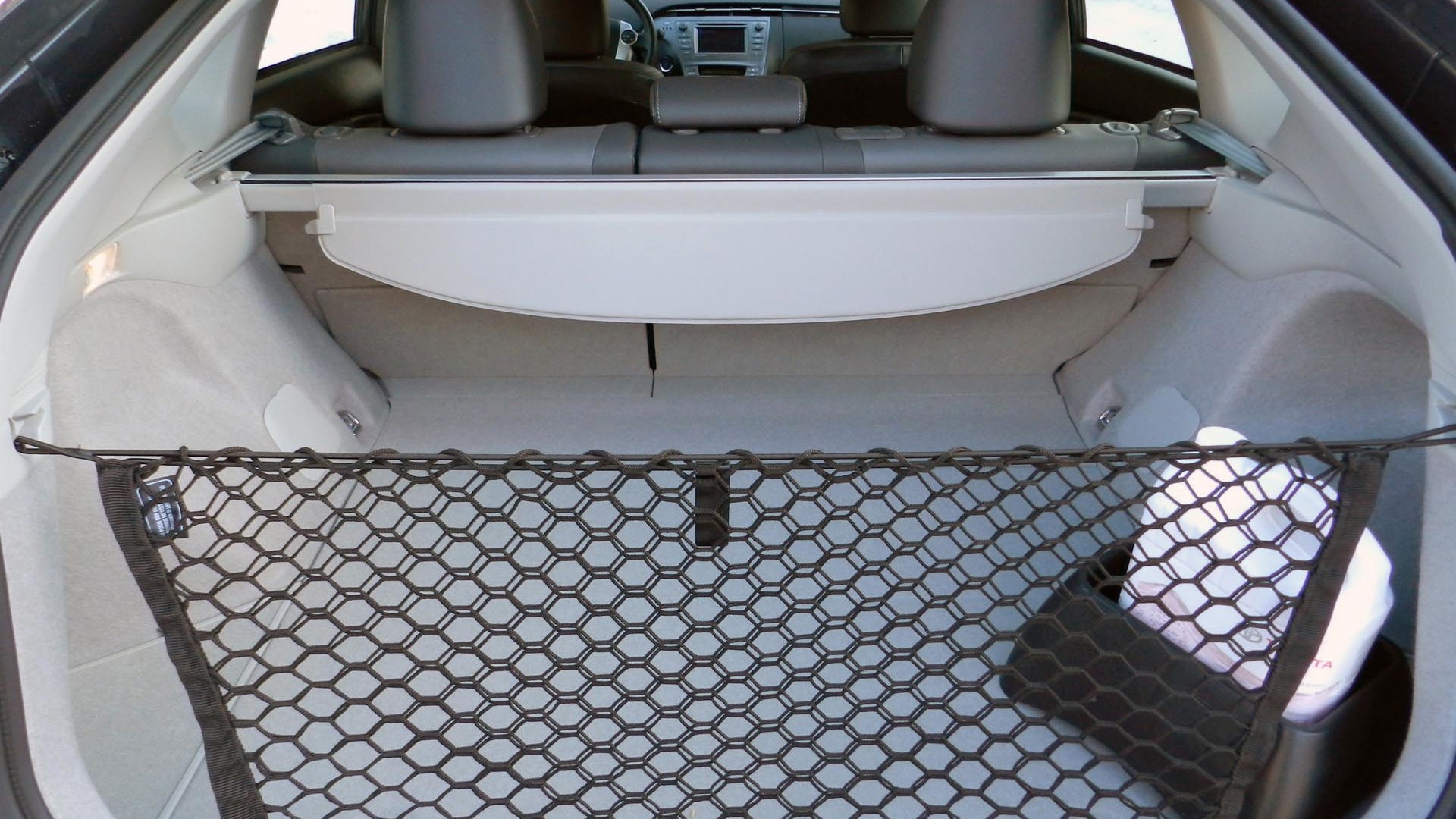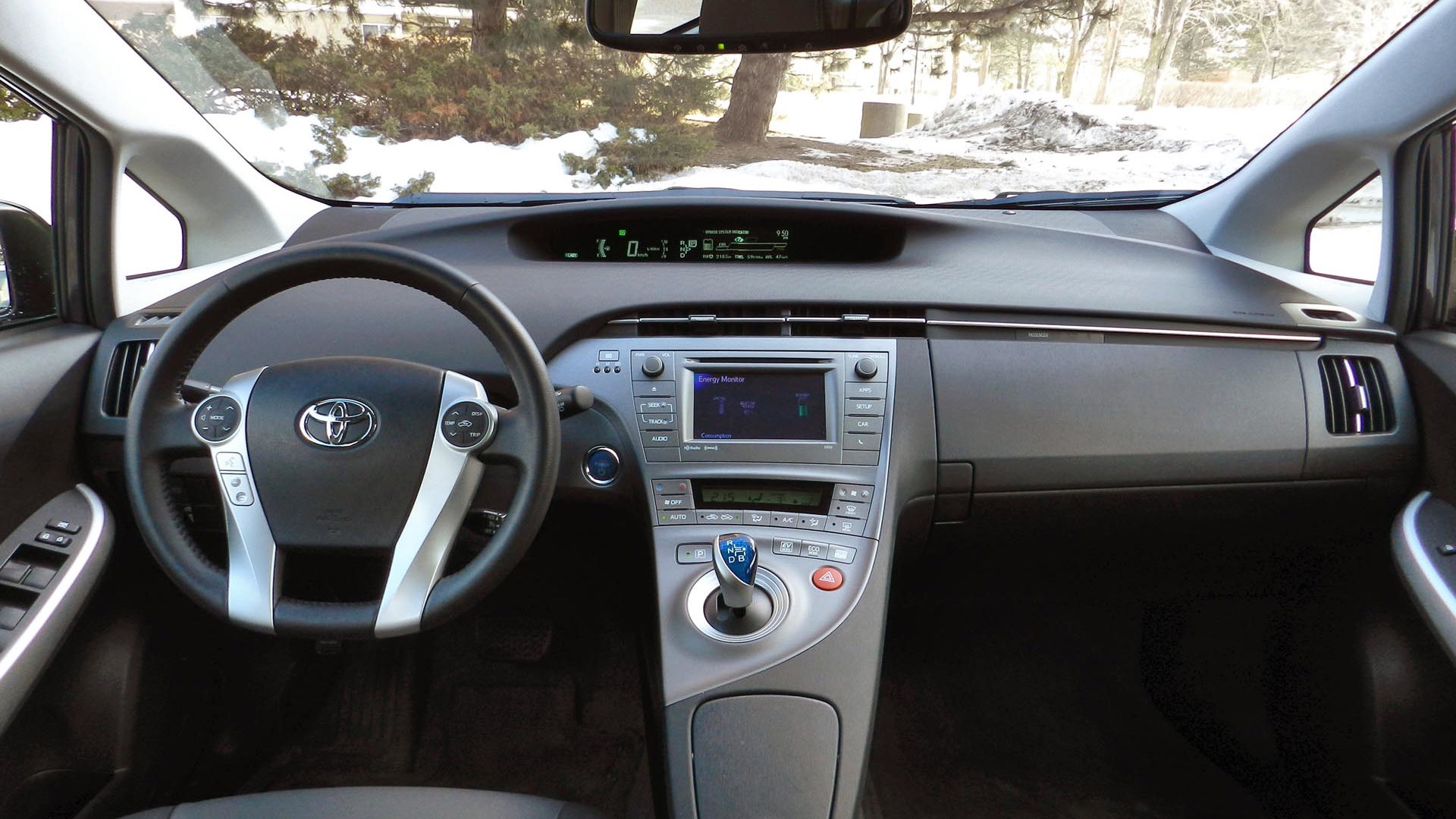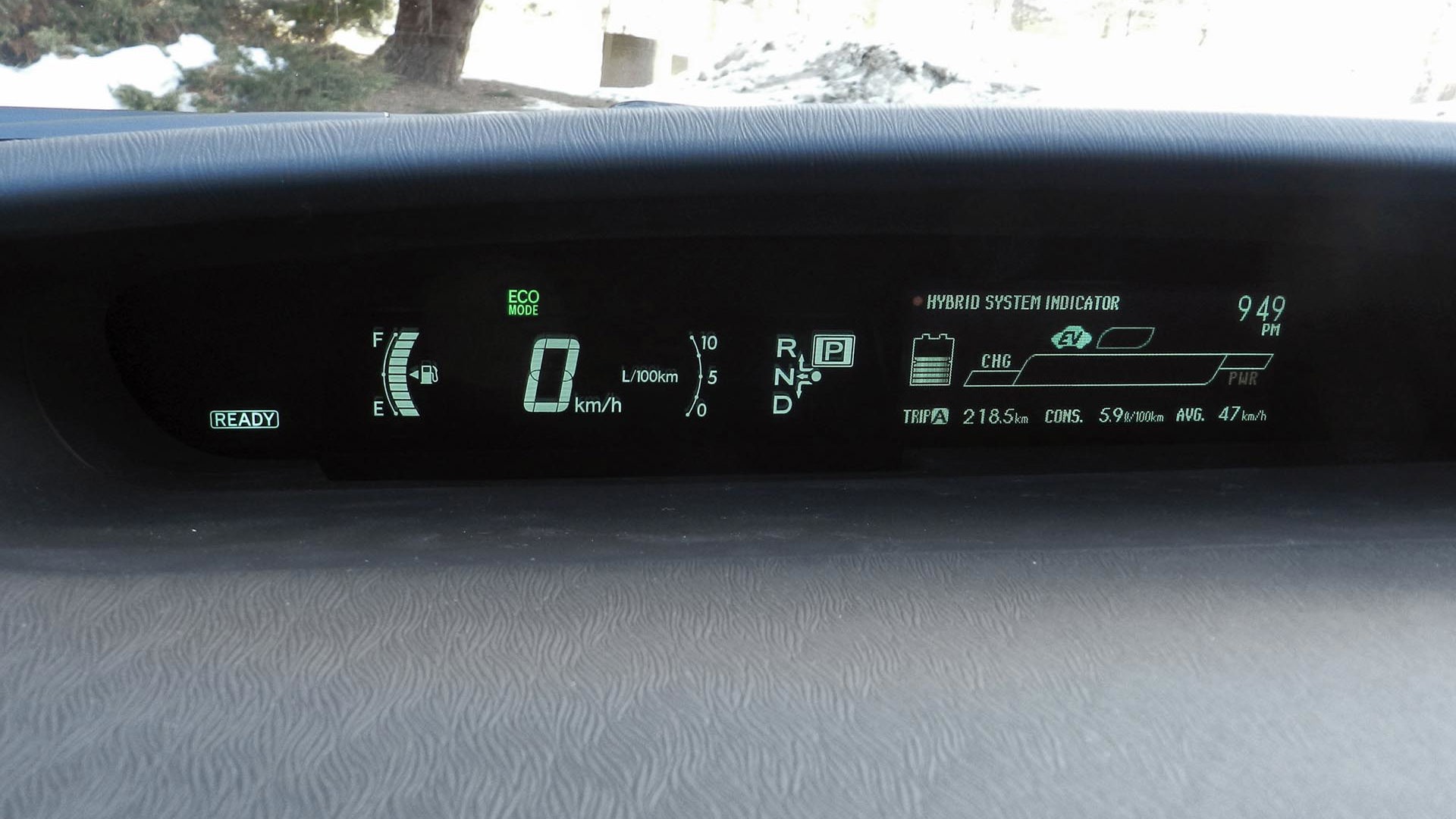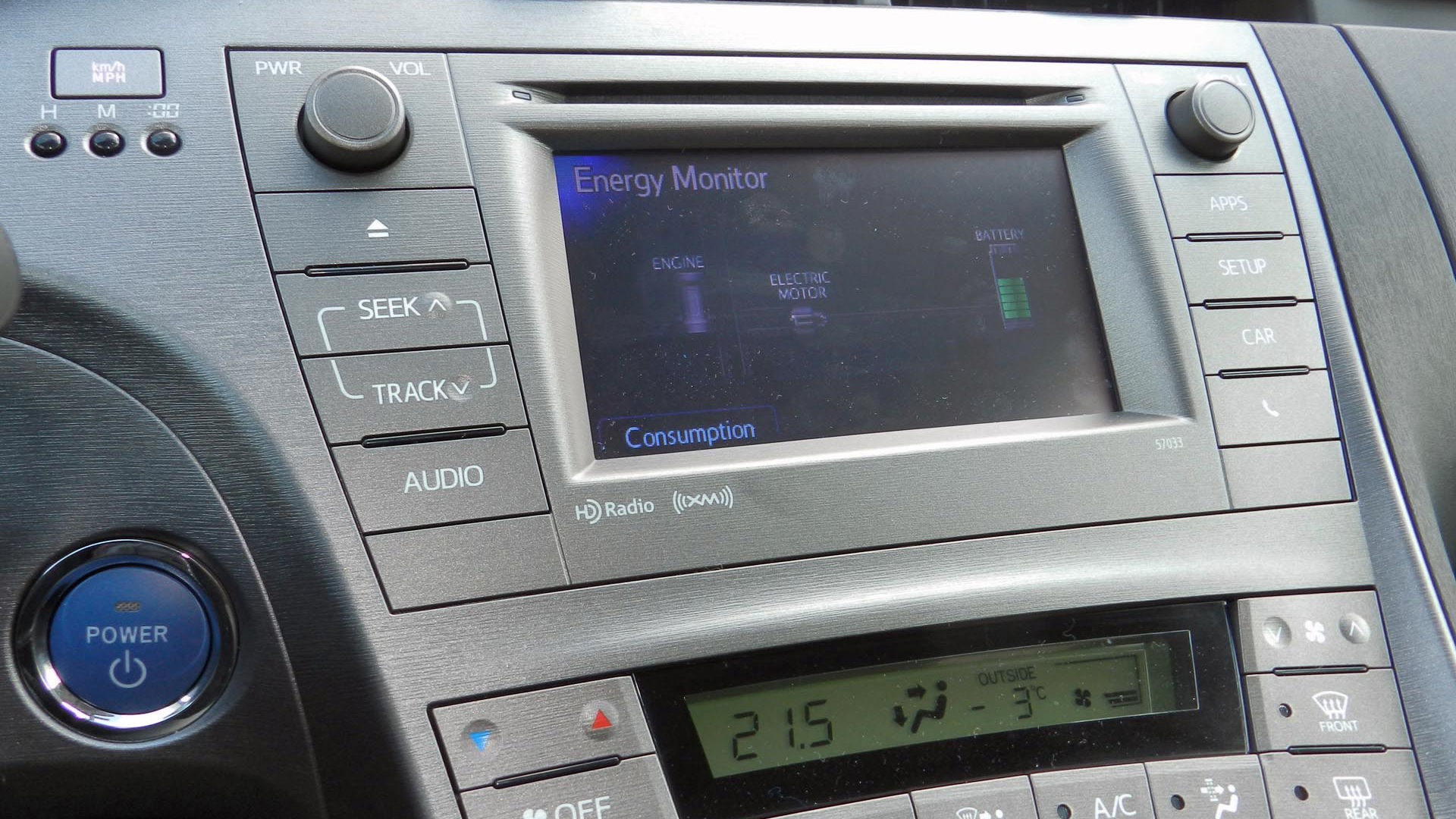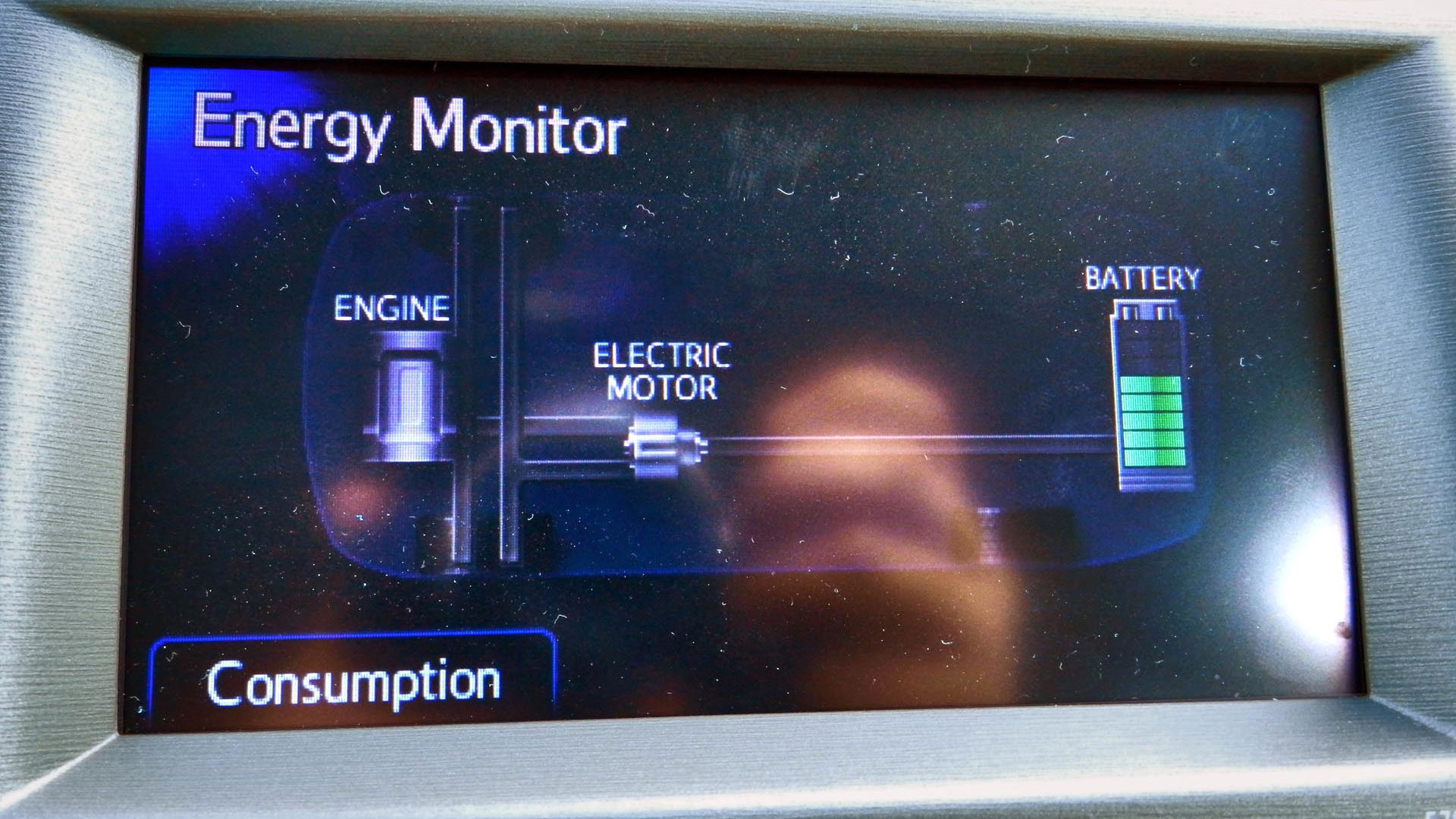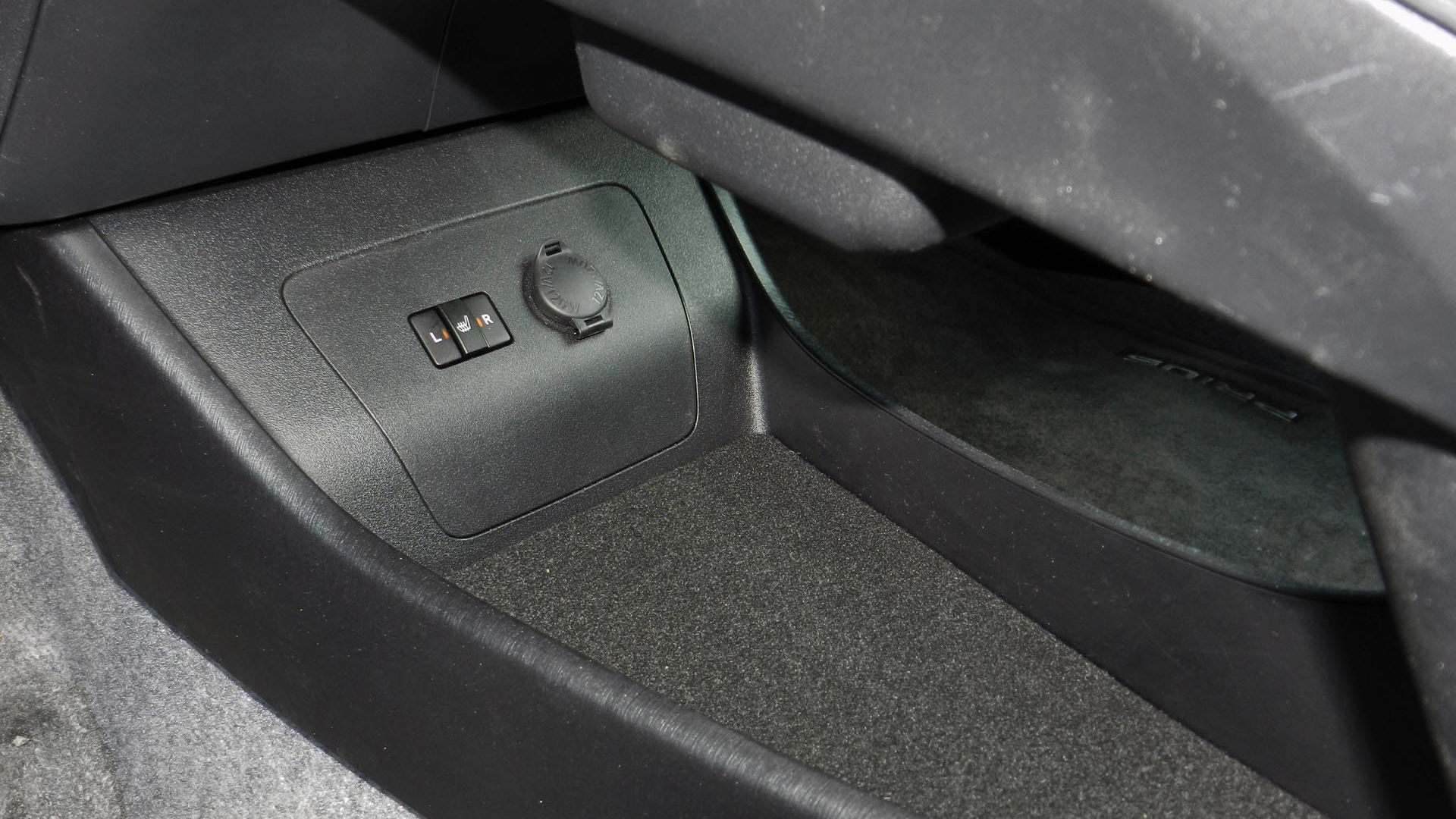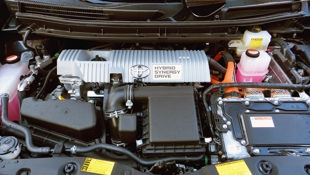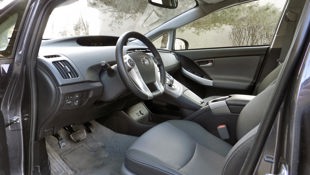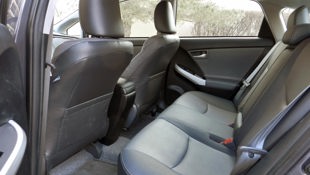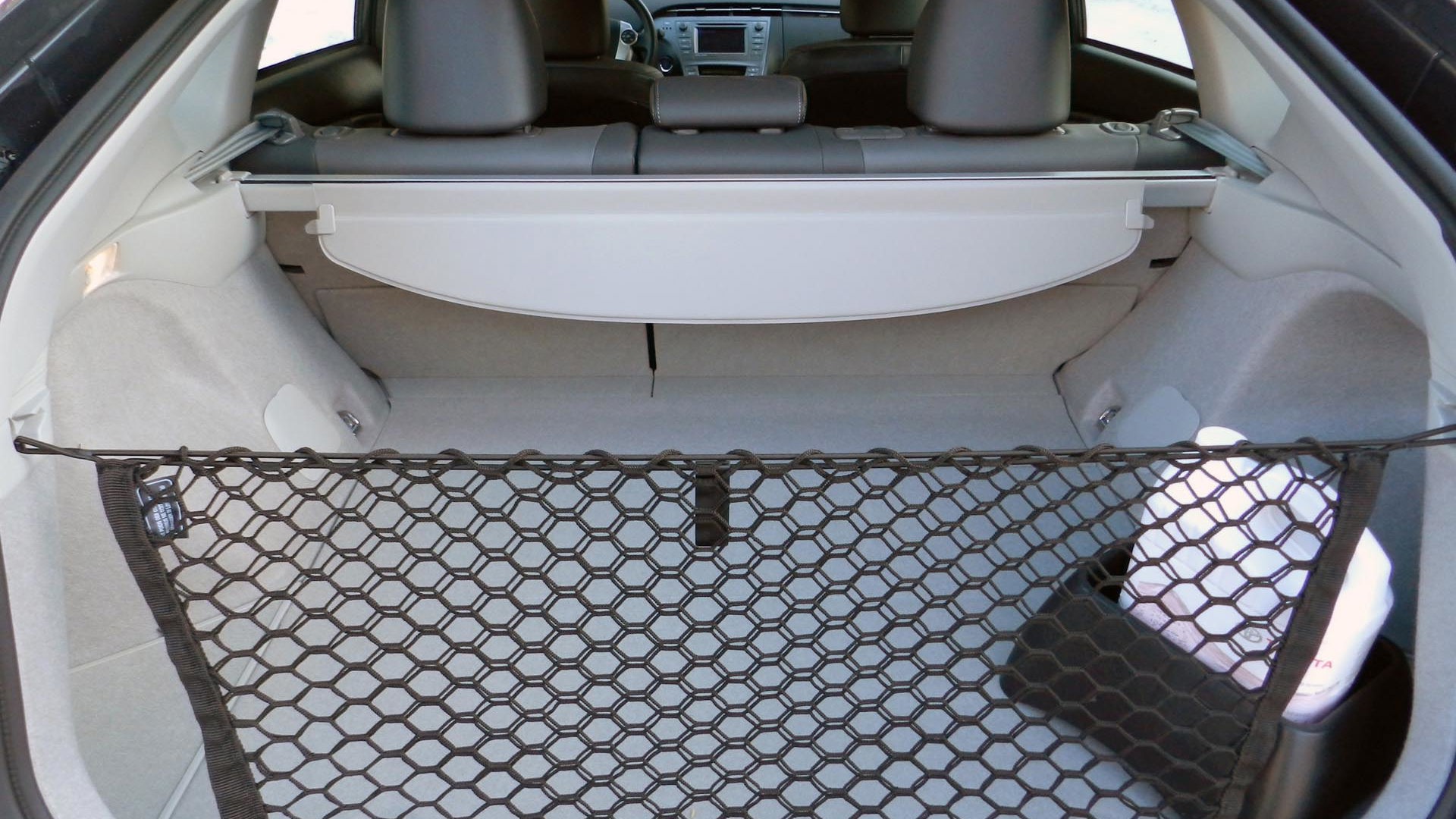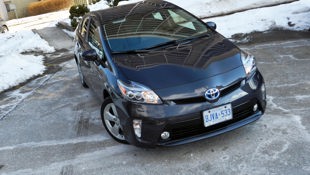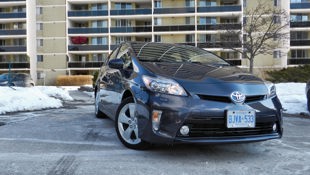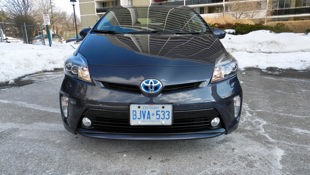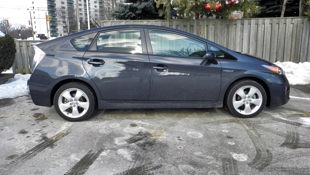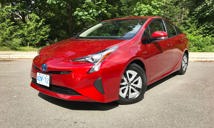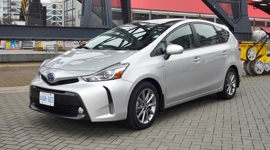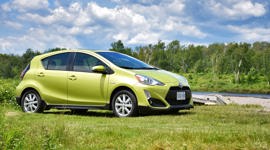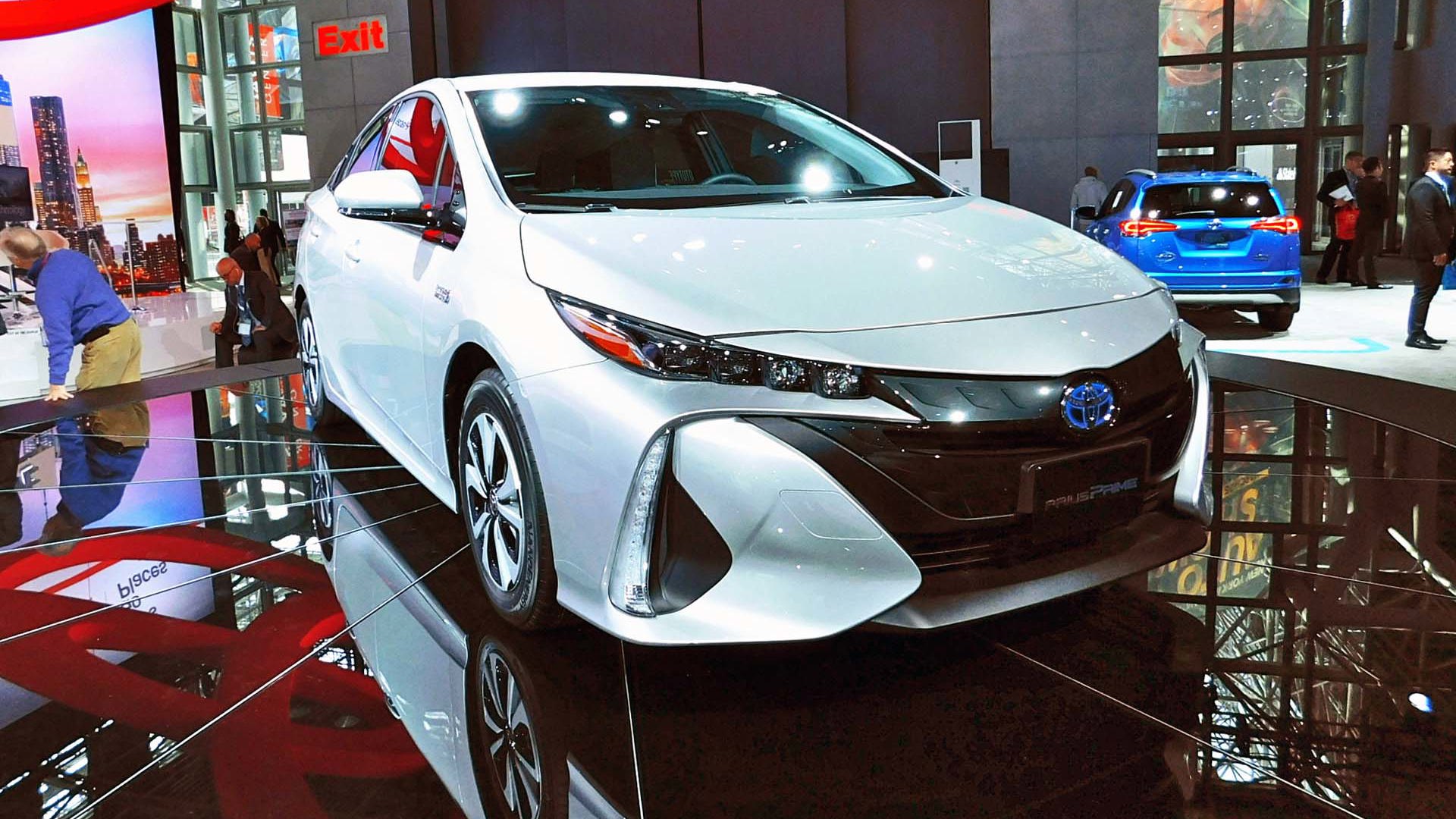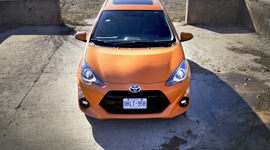 AutoTrader SCORE
AutoTrader SCORE
-
PERFORMANCE4/10
-
EXTERIOR STYLING6/10
-
INTERIOR5/10
-
FUEL ECONOMY8/10
-
COMFORT5/10
There are a lot of different ways for a car to transform itself into an icon, a legend. For some, it’s by being the first of its kind and offering something that captures the automotive spirit. The Mustang, for example, was the seminal Pony Car. It started the genre and continues to dominate its arena.
It is both the poster child and the pilloried comic foil for the green movement.
The Volkswagen Beetle is an icon, as is the bus version, because of its charm, affordability and versatility.
The Humvee is a universal symbol of four-wheel drive excess. Its polar opposite, the Mini, is iconic for its innovation, fun factor and sheer chic.
All of these cars are universally recognized. Ask anyone, pretty much anywhere there are roads and they know about those names.
The Prius is the same.
Everyone knows what it is. Everyone knows that it's a hybrid. Some people’s response is one of derision, but proud Prius owners don’t care. Greenie Hollywood celebrities demonstrate their Gaia-conscious eco-cred by buying one – Jessica Alba, Jennifer Aniston, Cameron Diaz and Natalie Portman all have one. Tom Hanks had one too.
By virtue of being almost the first (in the modern era) and the most popular hybrid, Toyota’s Prius has launched itself into the limelight. It is both the poster child and the pilloried comic foil for the green movement. Now in its third generation, the Prius is still recognizable from the first edition debuted in 1997.
I’ve driven the Prius V and C variants on different occasions, and was intrigued to try the mid-size hatchback, with a view to how I enjoyed those two. The V has incredible practicality and cargo space, while the C’s diminutive size and agile chassis plus tiny, tiny fuel use numbers charmed the socks off me.
The “real” Prius then, had a lot to live up to.
Firstly, the fuel numbers. I struggled the first few days with the Prius. Biting cold and half a dozen trips of less than 10 km each (school runs) resulted in a woeful 10 L/100 km. I never even got to use the battery on those -5 and below days. Frustratingly, the little battery level gauge still never read full – always one bar below. This has no impact otherwise on the efficiency of the car (the battery level reading that is) but rather is one of those annoying little things that bother me. I don’t mind it being not-quite full when I know it’s being used from time to time, but I’m positive this battery never kicked in!
After those first few days, things improved. I saw some reasonably long trips at an average of 4.7 L/100 km, and finished the week on 5.9 L/100 km. That is stellar when compared to other mid-size hatches that spent most of their time in the city, but a bit soft next to the 4.5 I scored in the Prius C. This sucks a lot, because they have the same combined rating of 4.7 L/100 km according to the EPA. The C has the edge in the city where 4.4 plays 4.6 but the regular Prius makes ground on the highway: 5.1 vs 4.9. If you’re wondering, the V is rated at 5.3/5.9/5.6 city/highway/combined.
So the bigger car, driven in worse conditions did a little worse; that’s acceptable. After all, I recently forgave the Ford C-Max for far worse figures on the basis it was better to drive. And there lies the rub.
Where the Prius C felt small and fun and city-ready and agile, the Prius is a little too large. At 1,380 kg its 248 kg of extra bulk is noticeable, despite a bump in power to 134 hp. There is 105 lb-ft of torque on hand from the gas engine, and allegedly more available from the electric motor, but I never felt it. Toyota doesn’t publish a figure anywhere for the electric motor. It’s curious, because the Prius doesn’t feel torquey at all and I was keen to see what the number was. Electric motors are supposed to be famed for instant torque.
Trying to drive the Prius “normally” on the highway resulted in a dramatic surge in consumption; only by driving like a hypermiling champion could I make decent numbers, and at no time did I feel like I had adequate power. Sure, the Prius is not about performance, but when the Prius C drove so much more like a “normal” car with acceptable power levels, this Prius left me underwhelmed. Additionally, the CVT drone and rough engine noise was among the worst I’ve experienced, the little green machine screaming bitterly when I tried to prod it into more action.
Let me take a breath.
I should at this point mention that I have all the patience of your average three-week-old kitten. In fact, the very concept of patience is offensive to me. So I need a car that gets to speed quickly. Once at speed, I don’t mind if it needs extra prodding to do mundane things like pass people but this Prius didn’t deliver.
So I decided to make nice with the eco-mode and hypermile my way to satisfaction. Challenging myself to drive gently and calmly and beat the previous journalist’s still-recorded economy performance. And, because what I lack in patience I make up for in competitiveness, I’m pleased to say I did.
Yet I still wasn’t happy. I think a lot of that had to do with my time in the Prius C. That car was fun to drive, even when driving gingerly. It had a vibrant interior too, and while this Prius had the “synthetic leather” seat upgrades it felt cheap. The synthetic leather felt like the sort of vinyl you’d find hanging from the back of your Gran’s old steel chairs she let you have for your first apartment in university. It was thin, and even the elbow rests were thin and uncomfortable.
The large floating console was really cool though and much-loved by younger occupants. My daughter and two of her friends all remarked on how cool the inside was – “like a spaceship!” The blue gear shifter with its funky circular motion was fun, as was the big blue “start” button and the rollover cup holder. The colourful infotainment screen looked great when set to show the driveline layout and which engines were working, but jarred with the circa 1999 Toyota Echo-style dash pod with its clumsy dashed calculator numbers and letters. The large floating console also made it hard to find and use the heated-seat controls. And I’m Australian. And it was winter. Brrrrr. There were way too many Toros in the atmosphere.
The instrument pod makes me think of what the future might have looked like to designers in the year 2000. And that’s true for the whole car.
Truth be told, the Prius is a bit of an old dog. Its tricks are no longer as cute and other cars are poised to wrest its title. Tesla has already replaced it as the go-to “green car” status symbol, and there are more affordable options popping up daily. Even the V and C offer a better execution of the theme and the plug-in Prius gets even better fuel mileage. The Prius exists in a middle ground that is hard to understand. And while it’s still a very good hybrid car, its own siblings do more, better. That’s why the Prius family is led by the Prius C, then the Prius V in the Canadian sales charts, with the regular Prius bringing up the rear.
The Prius at one stage represented a look into what the future might be like. It offered a lifeline for the internal combustion engine, helped Toyota demonstrate its technical prowess and gave us a genuine alternative to “normal” cars. Many of the hybrids on the road today owe their existence to this test case.
But while the Toyota Prius will forever be an icon because it showed the way - we look forward to seeing what the next one can show us.
| Warranty: 3 years/60,000 km; 5 years/100,000 km powertrain; 5 years/unlimited distance corrosion perforation; 3 years/60,000 km roadside assistance; 8 years/160,000 km hybrid components Competitors: |
| Model Tested | 2015 Toyota Prius |
|---|---|
| Base Price | $26,305 |
| A/C Tax | $100 |
| Destination Fee | $1,620 |
| Price as Tested | $33,010 |
|
Optional Equipment
Touring package (17-inch wheels, SiriusXM, SMS-to-speech and email to speech, navigation, eight-way power adjustable driver’s seat, heated front seats, synthetic leather, front passenger door handle touch-sensor lock, LED headlights, headlight washers, fog lamps) - $4,985.
|
|
